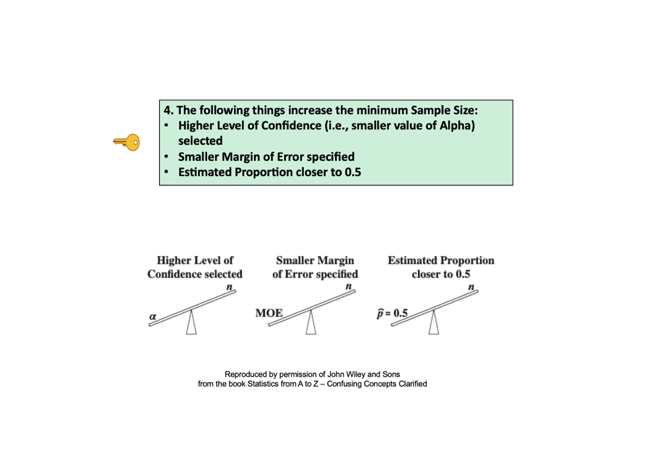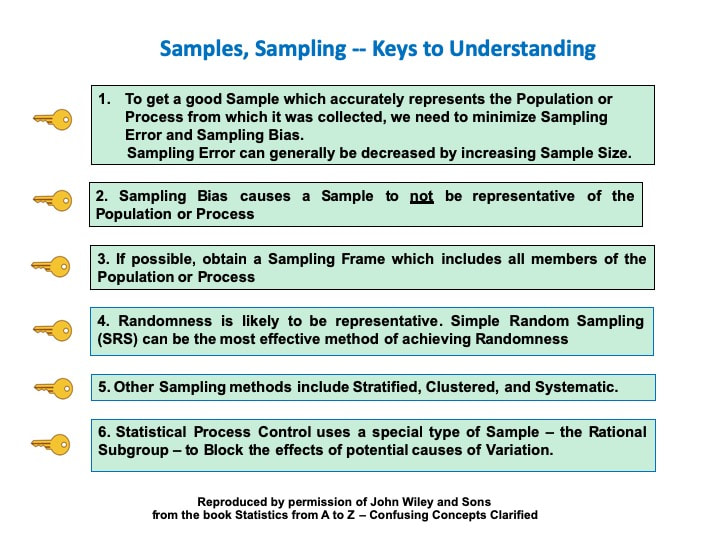|
I just uploaded a new video, Sample Size Part 1 – Proportions of Count Data This was uploaded to my YouTube channel Statistics From A to Z, Confusing Concepts Clarified. It will be part of a playlist on Samples and Sampling. See the Videos page of this website for the latest status of my statistics videos completed and planned
0 Comments
Confusing language and terminology is a big part of what makes statistics confusing. Each Binomial Trial -- also known as a Bernoulli Trial -- is a random experiment with only 2 possible outcomes, called "success" and "failure". The Probability of success is the same every time the experiment is conducted. A coin flip illustrates this perfectly. You either get "heads" or "tails", and the Probability of each coin flip (Binomial Trial) is always 50% heads (or 50% tails). In a Binomial Trial, each trial is counted as either a success or failure. And a success is defined as what we want to count. Let's say we are performing quality control in a manufacturing process. We are counting defects. Every time we find a defect, we add 1 to the count of "successes".
I always found that confusing, so in the book, instead of saying "success" or "failure", I suggest saying "yes" or "no". I just uploaded a new video, "Samples, Sampling", to my YouTube channel. Here's the link to the video: https://youtu.be/bvglAgAZtXE. It is the first in a playlist on Samples. The other two videos will be about how to determine the Sample Size for Proportions and Count Date, and Sample Size for Measurement/ Continuous Data.
Here are the 6 Keys to Understanding the concept. This 17 minute video explains them in detail. |
AuthorAndrew A. (Andy) Jawlik is the author of the book, Statistics from A to Z -- Confusing Concepts Clarified, published by Wiley. Archives
March 2021
Categories |




 RSS Feed
RSS Feed